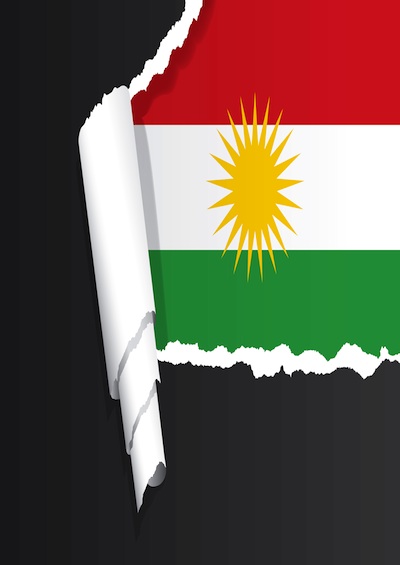10 Facts: Kurdistan and the Kurds
The history of Kurdistan helps explain the Kurds’ current conundrum.
October 14, 2014

1. Kurdistan today is almost equal to the size of Germany and the UK combined.
2. Today’s 30 million Kurds constitute one of the world’s largest ethnic groups – without a country.
3. World War I’s victorious powers drew maps with no regard for ethnicities, religions, geography or logic.
4. WWI’s conquerors divided up the Kurds among four countries: Iran, Iraq, Syria and Turkey.
5. Kurdistan, though an unofficial region, is a crossroads of civilizations.
6. Kurdistan has been subjected over millennia to military, linguistic and cultural invasions, and genocide and ethnic cleansing — from all sides.
7. The Kurds have somehow survived in their mountainous region and preserved their culture and language.
8. Kurdish identity encompasses many languages, including Sorani, Kurmanji and Zazaki.
9. Kurdish identity includes many religions – Shiite and Sunni Islam, Yazidism, Chaldean and Assyrian Christianity and Judaism.
10. The Kurds have political organizations in each of Kurdistan’s four parts. Kurds account for a fifth of Turkey’s population.
Sources: “Why Turkey Shrugs as ISIS Closes In on Kobani,” by Luqman Barwari and Barry A. Fisher, Wall Street Journal, October 9, 2014, and
“Turkey’s Syria policy hurts Kurds’ rapprochement,” by Daniel Dombey, Financial Times, October 9, 2014.
Takeaways
WWI’s conquerors divided up the Kurds among four countries: Iran, Iraq, Syria and Turkey
Kurdistan has long been subjected to military, linguistic, and cultural invasions, genocide and ethnic cleansing.
Kurdish identity includes Shiite and Sunni Islam, Yazidism, Chaldean and Assyrian Christianity and Judaism.
